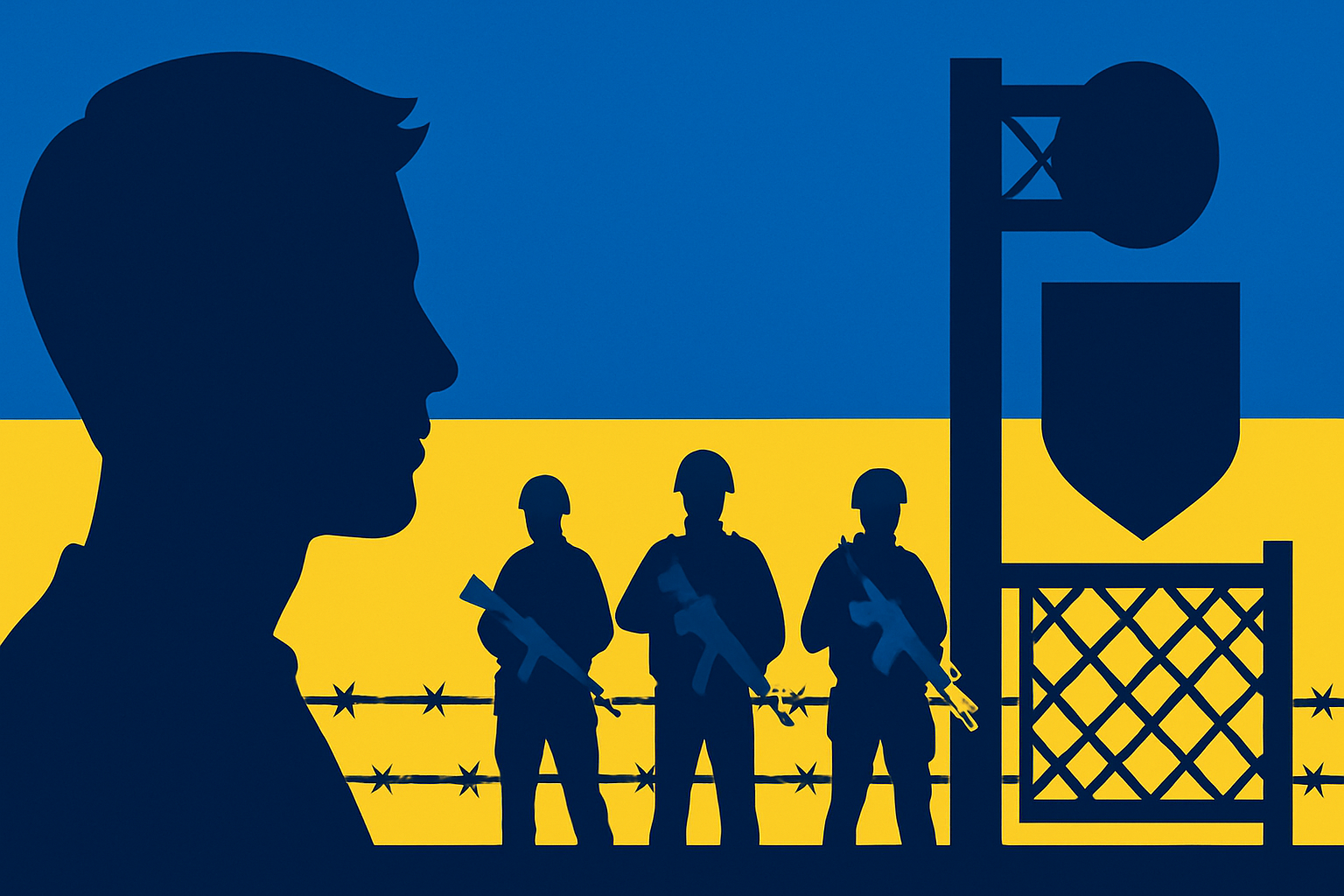The Ukrainian government has announced a major change to its border crossing rules, allowing young men aged 18 to 22 to leave the country despite ongoing martial law. The decision marks a shift from regulations introduced after Russia’s full-scale invasion in 2022, which barred most men under 60 from exiting Ukraine in order to maintain military readiness.
New Regulations
President Volodymyr Zelenskyy confirmed the change on Tuesday, noting that the decision had been agreed upon with Ukraine’s military command. Prime Minister Yulia Svyrydenko added that the rule would also apply to Ukrainian citizens who are currently abroad, emphasizing the government’s goal of keeping young Ukrainians connected to their homeland.
“The new measures are designed to maintain ties with Ukraine while ensuring fairness for citizens who have been affected by long-term restrictions,” Svyrydenko said on social media.
Context and Challenges
The ban on men leaving Ukraine has been a source of tension since its introduction. Many men granted temporary exemptions refused to return, and families were left separated for extended periods. In some cases, parents sent boys under 18 abroad in an attempt to avoid future conscription, creating noticeable demographic imbalances.
“Graduating classes were made up almost entirely of girls — universities were lacking male applicants,” said Oleksandr Fedienko, a member of parliament from the ruling Servant of the People party. He argued that the new rules would encourage young people to remain tied to Ukraine rather than permanently settling abroad.
Military and Demographic Pressures
Currently, Ukraine only drafts men aged 25 and older into its armed forces. Western allies, including the United States, have urged Kyiv to lower the minimum mobilization age to address manpower shortages following recent Russian territorial gains. However, Zelenskyy has consistently rejected such proposals, insisting that younger recruits should not be mobilized until Western countries significantly accelerate weapons deliveries.
Public opinion strongly supports Zelenskyy’s stance. A recent poll by the Socis agency found that 86.5% of Ukrainians oppose lowering the mobilization age.
In January, Ukraine attempted to boost voluntary enlistment by launching one-year contracts for applicants aged 18 to 24, offering financial incentives such as a bonus of about 1 million hryvnia (€20,000). Despite this, the initiative has not resolved the shortage of frontline troops.
Heavy Casualties and Wider Impact
The human cost of the war remains severe. According to estimates from the Center for Strategic & International Studies (CSIS), between 60,000 and 100,000 Ukrainian soldiers have been killed since the invasion began, compared with an estimated 200,000 to 250,000 Russian losses.
The broader population has also been reshaped by mass displacement. Data from Eurostat shows that women and children made up the majority of refugees in the European Union, with minors accounting for more than 31% of the 4 million Ukrainians granted temporary refugee status across the bloc.
Looking Ahead
By easing travel restrictions for young men, the Ukrainian government seeks to strike a balance between maintaining military capacity and addressing the social, demographic, and humanitarian consequences of prolonged restrictions. While the change is expected to relieve some internal tensions, questions remain over how Kyiv will meet its ongoing military needs amid continued pressure on the frontlines.








